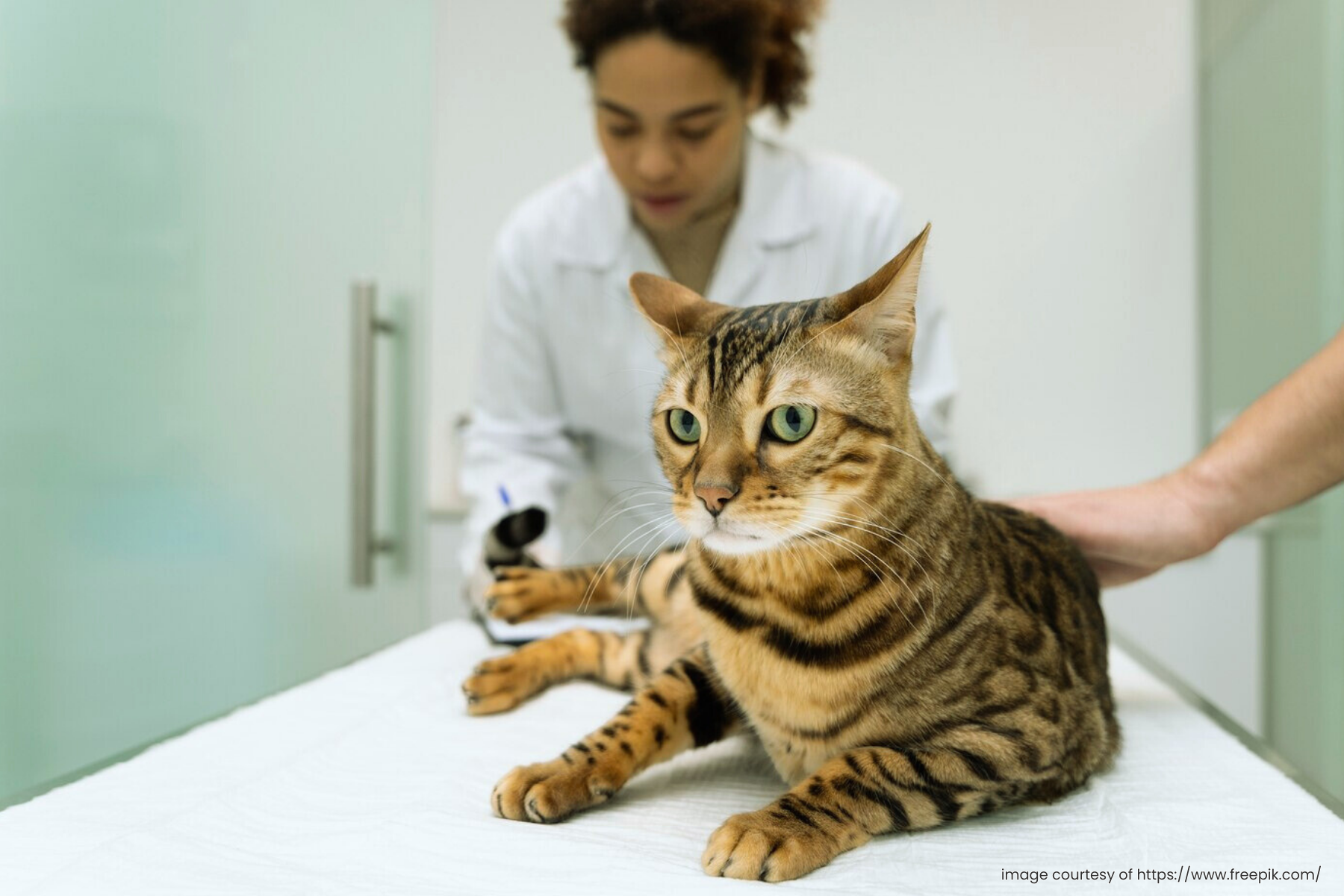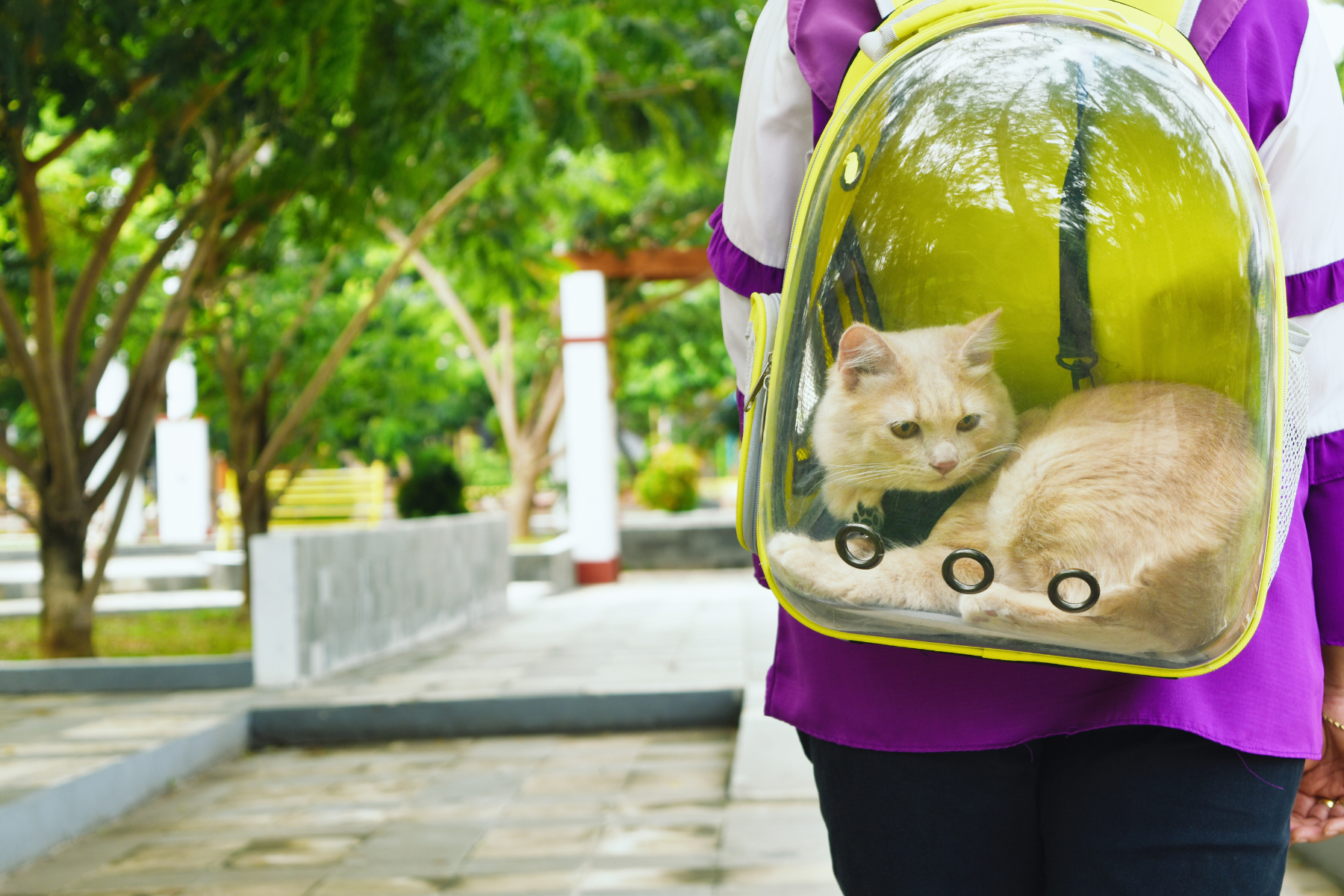Losing your beloved pet can be traumatic for you as a pet owner. Safeguarding your cat will help to ensure its safety, especially during the first few weeks. And, one of the best and most effective ways to go about that is microchipping. Getting your pet microchipped is a safe way to safeguard your precious feline. It is an excellent backup to tagging your pet. This procedure can offer peace of mind by reuniting lost pets back to their owners when an unexpected event occurs.
About 65% of the cats that are without identification never see their owners again. So, pet owners must take precautionary measures to reduce cats from going missing. This way their beloved pet is around for a very long time.
Microchips are mini computer chips that the veterinarian imbeds under your cat’s skin (usually around the neck). The microchip gives your pet a unique identification number that is to identify it in the event it goes missing. Your information will be stored in a database with this number.
If your cat goes missing, the unique number on the chip can be scanned by a microchip reader. Veterinarian’s clinics, animal shelters, or animal hospitals have access to these machines. Pet owners should save their correct contact information immediately after their pet’s microchip is in the database.
Why microchipping is right for your cat
It is always a possibility that your cat could go missing. Many cats, however, are stolen or even end up hundreds of miles away from home by a natural disaster. Microchipping is an inexpensive way of safeguarding your cat. This minor procedure is usually painless and harmless on your cat! This chip will stay in place to offer identification protection for your cat’s life. Cat’s tags and collars can come off. Implanting a microchip has proven to be a permanent identification solution.
Update your information regularly
You must update your contact information whenever necessary to ensure they are able to contact you when your cat is found.
Microchipping can also safeguard other animals including dogs, ferrets, and horses. It is also important to give your cat a collar with a name tag in case it gets lost in an area where a scanner is not available. If you state on the collar that this is an indoor cat, it may reduce the chance of someone thinking your cat is just an outdoor cat and not really lost.
Click here to find out what to do if your cat goes missing
We hope this guide helps you to understand the importance of a microchip,

Pin it:






